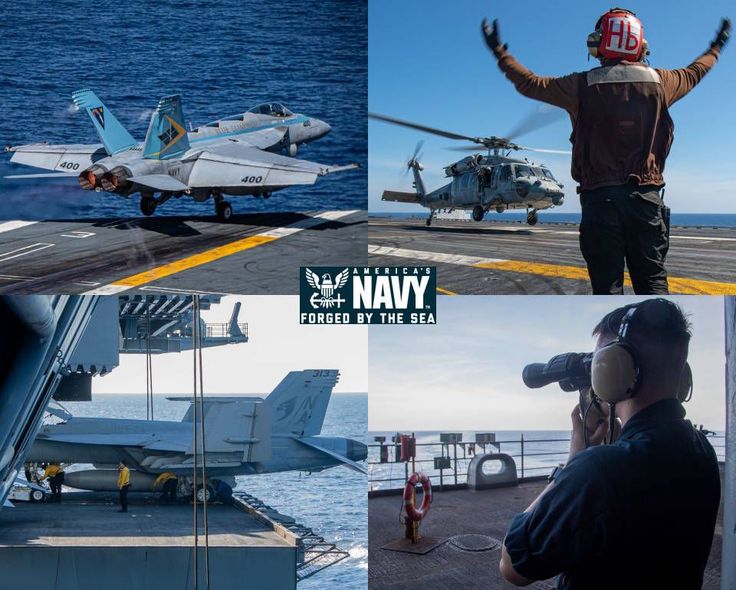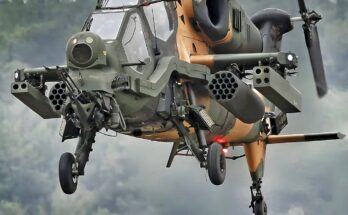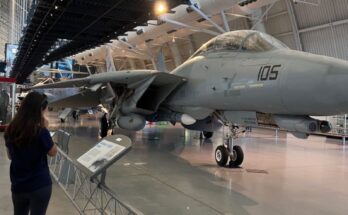
The USS Nimitz (CVN-68), the lead ship of the Nimitz-class nuclear-powered aircraft carriers, has long symbolized American naval power and global presence. Recently, its operations in the South China Sea have drawn international attention, as the region continues to be one of the world’s most strategically contested maritime areas. Flight operations aboard the USS Nimitz not only highlight the ship’s role as a floating airbase but also underscore the United States Navy’s commitment to maintaining freedom of navigation and regional stability.
The South China Sea is vital for global trade, with one-third of all international shipping passing through its waters. At the same time, it is an arena of competing territorial claims, particularly involving China, Vietnam, the Philippines, Malaysia, and Brunei. By conducting routine flight operations in this contested zone, the Nimitz demonstrates the ability of the U.S. Navy to project power and assure allies of American presence in the Indo-Pacific.
Flight operations, often referred to as “flight ops,” are among the most complex and dangerous activities in the maritime domain. On the deck of the USS Nimitz, aircraft launch and recover in a tightly choreographed sequence involving hundreds of sailors, advanced machinery, and split-second timing. Fighter jets such as the F/A-18E/F Super Hornet are catapulted from the carrier deck at high speeds, while returning aircraft land with the assistance of arresting wires. These operations continue day and night, regardless of weather, demonstrating the Navy’s capacity for sustained combat readiness.
In the context of the South China Sea, the presence of the Nimitz and its Carrier Air Wing serves multiple purposes. First, it reassures U.S. allies and partners such as Japan, South Korea, and the Philippines that the United States remains committed to regional security. Second, it sends a clear signal to potential adversaries that the U.S. Navy is prepared to defend international law, particularly the principle of freedom of navigation. Finally, it allows for valuable training and interoperability exercises with partner navies, strengthening cooperation in the region.
Life aboard the USS Nimitz during flight ops is intense and demanding. Deck crews, known as “Yellow Shirts,” direct aircraft movement, while “Green Shirts” handle the catapults and arresting gear. Pilots must perform precise maneuvers in an environment where a single mistake can be catastrophic. At the same time, the operations are supported by engineers, medical teams, and logistics personnel who ensure that the carrier remains a fully functional city at sea. Every individual has a critical role, and the seamless coordination reflects decades of experience in carrier aviation.
The USS Nimitz has a storied history, having been commissioned in 1975 and serving in numerous conflicts, from the Cold War to operations in the Middle East. Its continued deployment in hotspots like the South China Sea illustrates the enduring relevance of aircraft carriers as tools of deterrence and diplomacy. While debates continue about the vulnerability of carriers in modern warfare, their ability to project airpower across vast distances remains unmatched.
Ultimately, the flight operations of the USS Nimitz in the South China Sea embody more than routine naval exercises. They represent a blend of tactical skill, technological superiority, and strategic messaging. As geopolitical tensions in the Indo-Pacific persist, the sight of aircraft launching from the deck of the Nimitz serves as a reminder of the United States Navy’s enduring commitment to maintaining peace, stability, and open seas.


